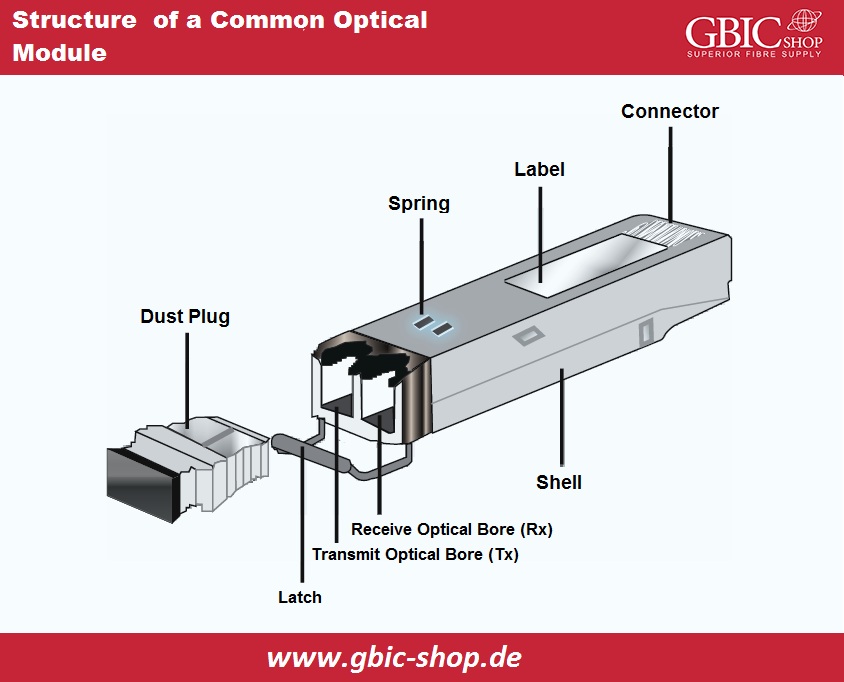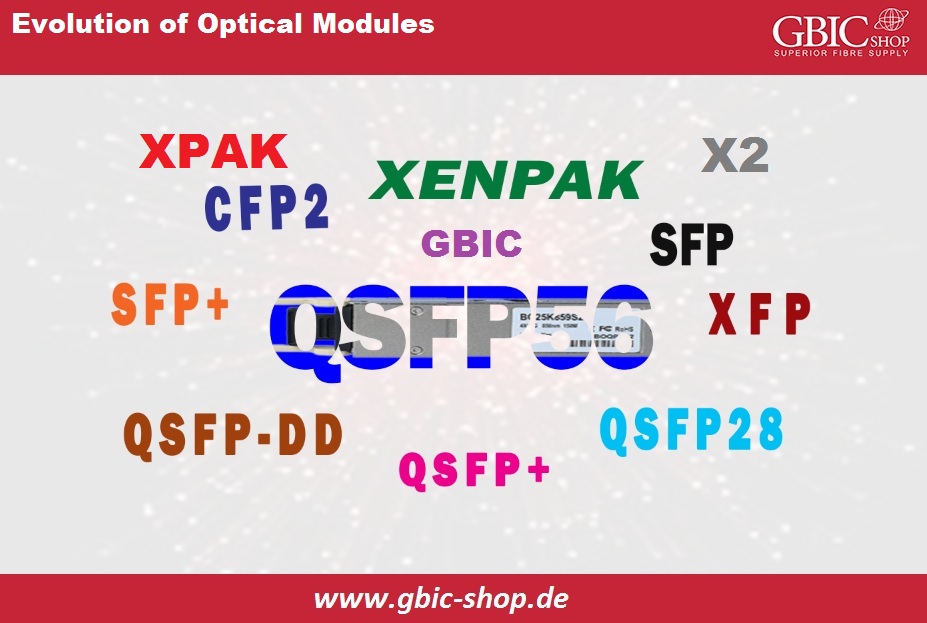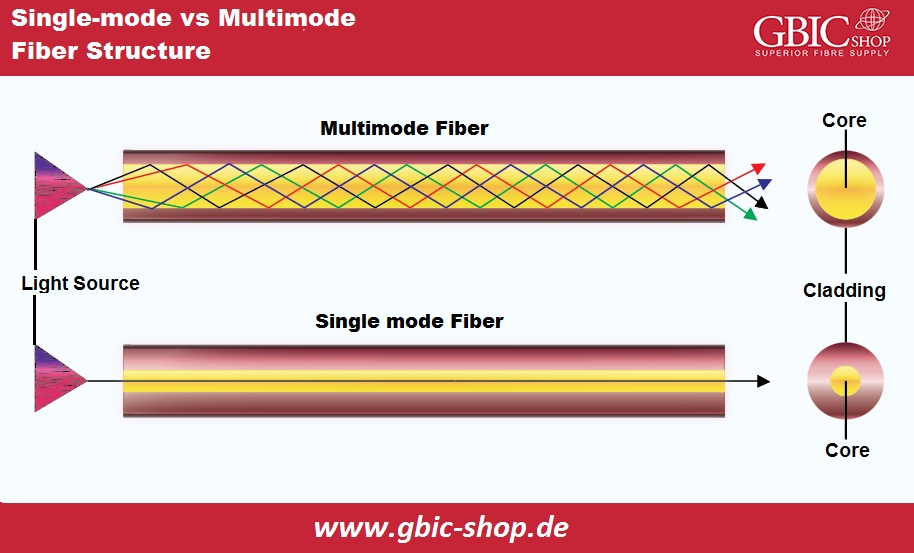With the fast development of the communications industry and internet services, optical communication has become an essential industry in the 21st century. The main fiber optic communication components consist of an optical module, passive WDM device, Ethernet switches, etc. Fiber optic modules are fundamental building blocks concerning all network connections outside and inside the data centers. This article describes the fiber optic module and some vital information about it.
A Description of Optical Module:
Optical modules, also known as optical or fiber optic Transceiver, are standard hot-pluggable devices used in excessive bandwidth data communication implementations. Optical modules act like photoelectric converters, converting electrical signals to light and contrarily. Transceiver modules usually possess an electric interface that connects inside the system and a fiber optic interface on the opposite side and links to the different devices with an optical cable. There are various types of Transceiver modules for communication applications. We widely use different designs and specifications to meet designers' changing requirements.

Types of Fiber Optic Modules:
GBIC is the first IG module. After the development of the GBIC interface, there emerged an SFP interface, and as SFP has a smaller size, we sometimes also call it a Mini-GBIC. The commercial availability of SFP modules can reach data rates of 100M and 1000M/1G. In 2001, we developed a 10Gbps version of the standard XENPAK. However, development in technology has resulted in smaller form factors for 10GbE applications. Shortly after 2001, we see the emergence of two similar standards: X2 and XPAK. Vendors then typically switch to remote XFP modules and high-density SFP modules. 25GbE optical devices such as SFP28 modules, 40 Gigabit Ethernet optical devices such as QSFP+/QSFP modules, and 100 Gigabit Ethernet optical devices such as QSFP28 modules and CFP Transceivers are becoming popular as the demand for excessive bandwidth and speed increases.

SMF VS MMF Modules: How to Choose?
Transceiver modules are typically available as multimode or single-mode modules. You can choose between these types of transceiver modules. However, before that, we should consider a few factors. SMF modules support more extensive transmission distances and speeds than MMF transceiver modules. MMF modules possess a short wavelength (about 850 nanometers) compared to single-mode modules (about 1260 nanometers-1650 nanometers). However, in the data transmission environment, single-mode and multimode modules can support speeds of 50G like today. And because of the "vulnerability" of SMF optical systems, SMF modules are usually more expensive than multimode ones. But SMF is cheaper than MMF. Therefore, when switching between these two types, interconnect topology, desired reach, total cost, and port speed should be essential decision criteria.

Do SMF Modules have a Connection with MMF Modules?
The answer to this question is no. We should use SMF modules with SMF modules above SMFs, and MMF modules with MMF modules above MMFs. SMF module is 1310 nanometers laser-based, while MMF modules are 850 nanometers LED-based. So, SMF modules work only with SMF, and MMF modules work only with MMF. There cannot be a connection between single-mode and multimode fibers. However, there are mode conditioning optical patch cables for some fiber optic modules that operate with multimode and single-mode fibers, like 1000BASE-LH/LX 1310 nanometers laser-based modules.
How to Make a Difference between 3rd Party and OEM Fiber Optic Modules:
In the real world, we have different networks of multi-vendor components rather than OEM optics. For instance, Cisco switches can use our transceiver modules that connect to HP switches using Corning fiber optic cables. Then you can have questions: OEM VS 3rd party, how to differentiate them? Why is there a surge in 3rd party fiber optics after OEM optics?
Price:
If you look closely, the price range for optical modules from "OEM brands" (e.g., Juniper, HP, Cisco, etc.) is in the higher price range, while cheaper optical transceivers are from a third party. OEMs don't manufacture optics; they manufacture under contract and produce things under brand names.
Quality:
Most factories worldwide manufacture their optics to strict Multiple Source Agreement (MSA) standards and produce optics for all users. As the manufacturer complies with MSA recommendations, their modules will operate and function identically to the MSA-compliant optical transceivers of any manufacturer. They also offer quality parts with an extended warranty.Availability:
Finding suitable optics for legacy OEM switching equipment is difficult, but compliant vendors can provide optical modules to support obsolete OEM devices and legacy systems. We can say that competent 3rd party fiber optics vendors can offer different modules that OEMs don't provide.
In short, we have no reason for not using a 3rd party transceiver when we consider the lower cost, the same quality as OEMs, and the availability of more optical options.
Conclusion:
We consider optical networks as the backbone of cellular networks. We use optical modules to improve data center and communication networks to handle data traffic at higher speeds efficiently. As the demand for fast and reliable mobile communications increases, we increasingly use optical transceivers in communications network infrastructure, and optical networks will also develop.
 English
English
 Deutsch
Deutsch
 Espaniol
Espaniol










